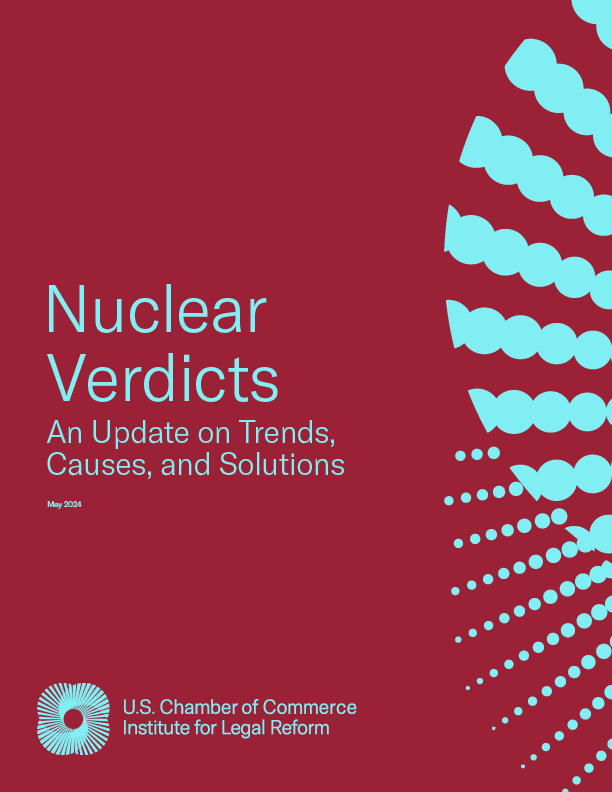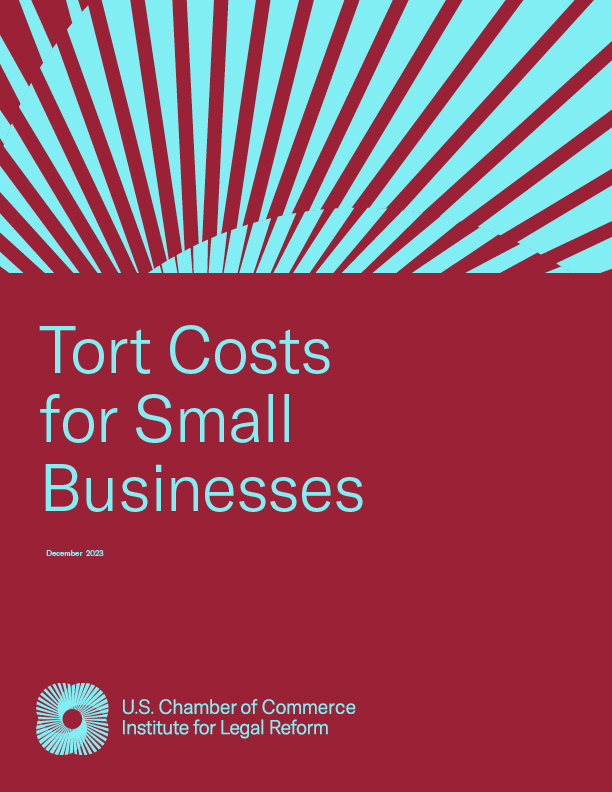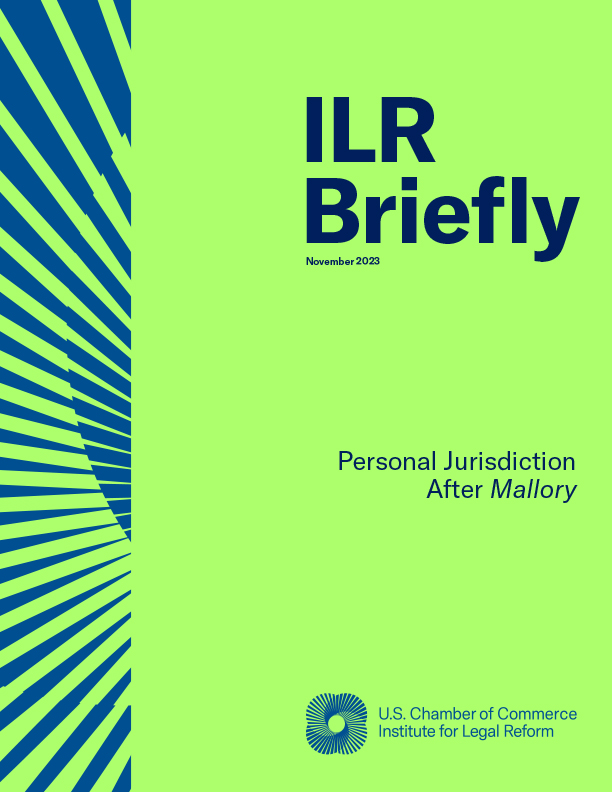INTRODUCTION
The U.S. tort system cost $264.6 billion in 2010,1 fueled in part by the plaintiffs’ bar’s constant pursuit of new clients and cases. Like any big business, the plaintiffs’ bar is committed to clever marketing, and thus it is still positioning itself as working to ensure that anyone “can get justice in the courtroom, even when taking on the most powerful interests”2. The 21st century twist on this marketing is the aggressive use of digital media.
The plaintiffs’ bar contributes to the commercialization of the legal profession by using a sophisticated and complex combination of paid search advertising and high organic search optimization of websites to generate site traffic – all with the goal of collecting the personal contact information of potential plaintiffs.
Plaintiffs’ firms are devoting millions of dollars to the creation and maintenance of websites, Facebook pages, Twitter handles, blogs and YouTube channels. By measuring Google advertising spends on 125 keywords during a 45-day period and then extrapolating to a 12-month period, we estimate firms will spend more than $50 million on Google keyword advertising alone. To put that in perspective, the Obama for America campaign – often held up as a pioneer in digital advertising – spent $16 million total in online advertising in 2008.3
When combined with the growing popularity of social media, the industry may be on the cusp of a new era of expansion. Social media offers new opportunities and innovative trial attorneys are taking advantage of the new tactics with varying levels of transparency, including marketing efforts disguised as non-legal websites. Additionally, some firms have been criticized by the Wikipedia community for attempting to incorporate content from law firm sponsored websites.
The failure to clearly disclose management of sponsored social media profiles and websites deserves a closer look. While legal-specific advertising guidelines were not reviewed for this report (because they vary from state to state), generally accepted on-line marketing guidelines such as standards set by the Word of Mouth Marketing Association (WOMMA) and the Federal Trade Commission (FTC) require that advertising not be deceptive. The FTC, for example, requires that “All businesses have a legal responsibility to ensure that their advertising is truthful and not deceptive,” regardless of whether an ad appears on the Internet or on the side of a bus.4 While we don’t believe any of the firms named in this report are members of WOMMA, their standards are considered best practices on the Internet. WOMMA requires members to “comply with the requirements of applicable laws, regulations, and rules concerning the prevention of unfair, deceptive or misleading advertising and marketing practices.” 5
For the litigation industry, the Internet, complemented by social media, represents a potent marketing tool – serving up opportunities to monitor and recruit plaintiffs on the very social media platforms where people share the most personal and intimate details of their lives.
- “2011 Update on U.S. Tort Cost Trends.” Towers Watson. Web. Feb. 2012. .
- “AAJ: Fighting for Justice.” The American Association for Justice | Justice. The American Association for Justice. Web. Oct. 2011. <http://www.justice.org/cps/rde/xchg/justice/hs.xsl/16.htm>.
- Kaye, Kate. “Google Grabbed Most of Obama’s $16 Million in 2008” ClickZ | Marketing News & Expert Advice. 6 Jan. 2009. Web. Nov. 2011. <http://www.clickz.com/clickz/news/1703163/google-grabbed-most-obamas-usd16-million-2008>.
- “Advertising and Marketing on the Internet: Rules of the Road.” BCP Business Center. Bureau of Consumer Protection, Dec. 2000. Web. Oct. 2011. <http://business.ftc.gov/documents/bus28-advertising-and-marketing-internet-rules-road>.
- “Ethics.” WOMMA: The Leading Voice for Ethical and Effective Word of Mouth and Social Media Marketing. Word of Mouth Marketing Association, 21 Sept. 2009. Web. Oct. 2011.



